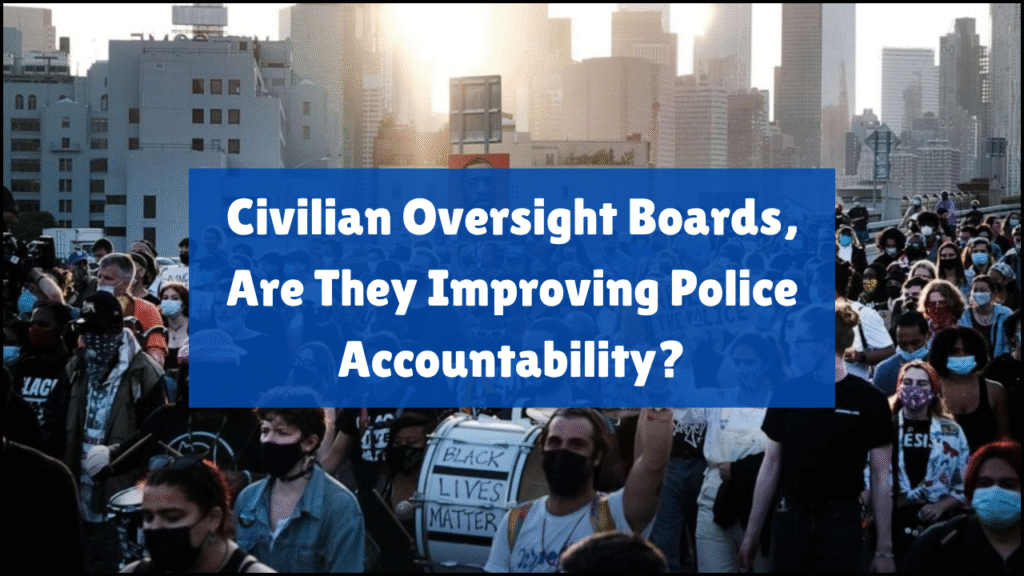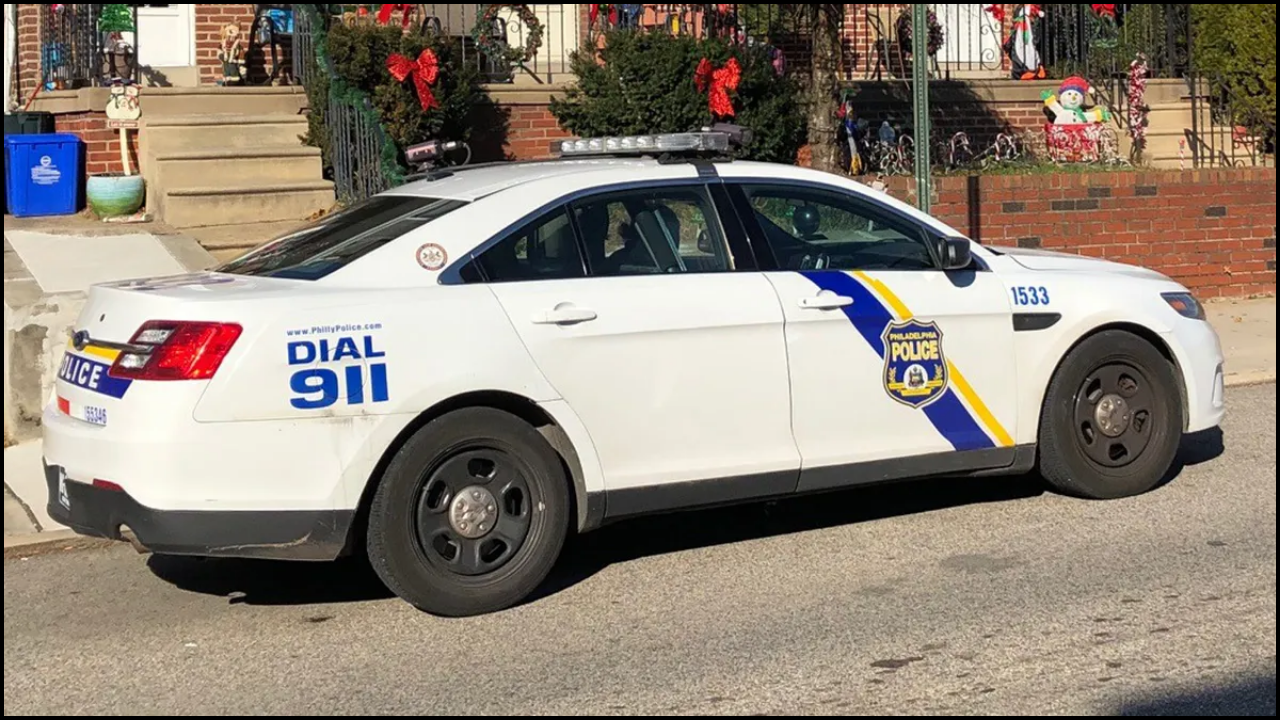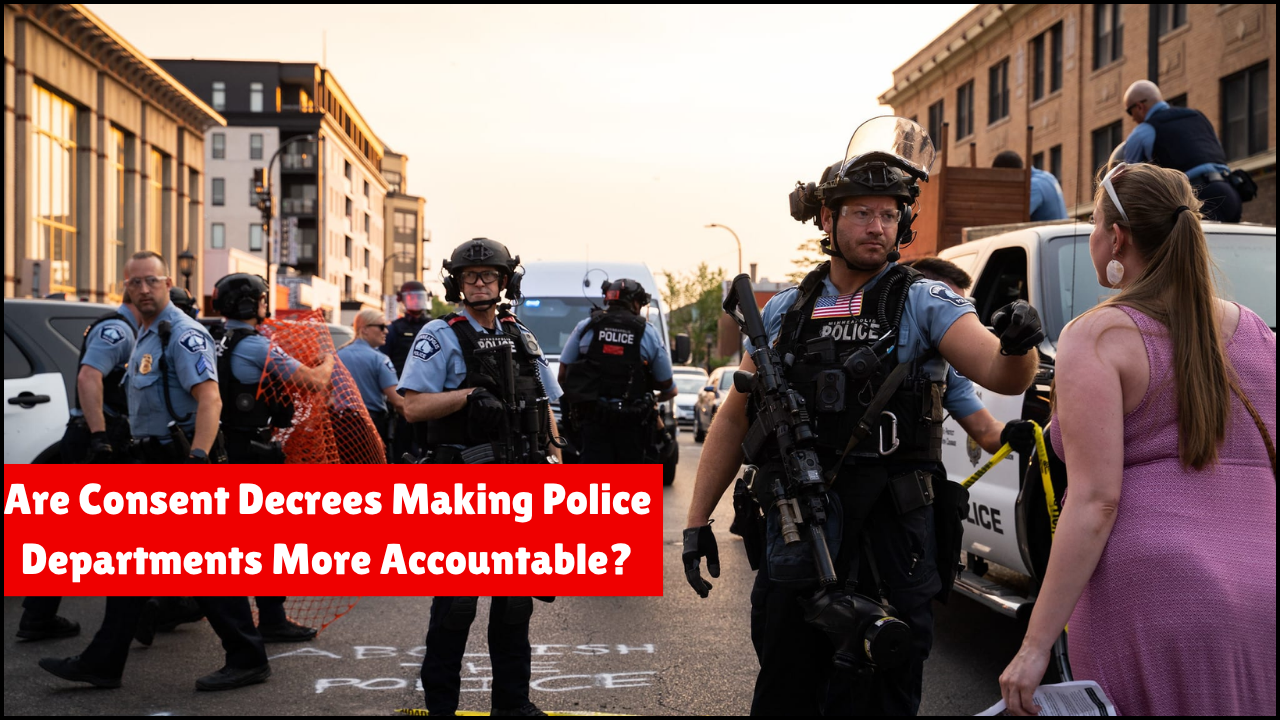
Public demand for greater police accountability has grown sharply in recent years, particularly in response to high-profile incidents involving police misconduct. Civilian Oversight Boards (COBs) have emerged as one of the most visible mechanisms to address this demand. Established to increase transparency and promote accountability in policing, these boards aim to provide an independent, community-based check on law enforcement. Their effectiveness, however, remains a matter of debate and varies depending on structure, authority, and local context.
Table of Contents
Key Purposes of Civilian Oversight Boards
- Public Trust Building: Community trust in law enforcement agencies often improves when oversight boards are active and visible in their operations.
- Accountability Mechanism: Independent review by civilians creates an external check on police behavior, enhancing overall accountability.
- Transparency in Investigations: Many boards conduct or monitor investigations into use-of-force incidents or misconduct complaints, which improves transparency.
- Policy Recommendations: Oversight boards provide informed recommendations to improve police practices, training, and use-of-force protocols.
Types of Civilian Oversight Models
| Model Type | Key Features |
|---|---|
| Investigation-Focused | Has the authority to conduct independent investigations into complaints. |
| Review-Focused | Reviews internal investigations conducted by the police department. |
| Auditor/Monitor Model | Analyzes trends, audits internal practices, and recommends systemic improvements. |
Structural Elements That Influence Effectiveness
- Independence: Strong separation from police agencies enhances legitimacy and public confidence in board findings.
- Subpoena Power: The Ability to compel testimony or access evidence is critical for thorough investigations.
- Budget and Staffing: Sufficient funding ensures the board can operate independently and effectively.
- Community Representation: Diverse membership ensures the board reflects the population it serves.
- Legal Authority: Boards backed by municipal ordinances or state laws are more effective in enforcing accountability.
Benefits of Civilian Oversight Boards
- Increased Transparency: Oversight boards often publish reports and findings that the public can access, providing insight into police activities.
- Improved Public Relations: Law enforcement agencies benefit from an improved image when transparent oversight mechanisms are in place.
- Reduction in Complaints: Jurisdictions with active boards have reported declines in use-of-force complaints and misconduct incidents.
- Training Enhancements: Recommendations from oversight bodies have led to new de-escalation and community engagement training for officers.
Challenges Faced by Oversight Boards
| Challenge | Description |
|---|---|
| Limited Authority | Many boards lack enforcement power, limiting their ability to hold officers accountable. |
| Resistance from Police Unions | Pushback from unions can obstruct investigations or reduce cooperation. |
| Political Interference | Board independence is sometimes compromised by political appointments or influence. |
| Public Awareness | Many residents are unaware of the board’s role or existence. |
| Access to Evidence | Boards may be denied access to internal police files or body camera footage. |
Case Studies of Civilian Oversight
- New York City – Civilian Complaint Review Board (CCRB)
One of the largest and most established boards, CCRB investigates complaints against NYPD officers. Despite its strong investigative structure, its recommendations are not always enforced, leading to frustration among community members. - Oakland – Community Police Review Agency (CPRA)
CPRA possesses strong subpoena power and plays a significant role in both reviewing complaints and shaping police policy. The city has seen some improvements in police-community relations since its expansion. - Chicago – Civilian Office of Police Accountability (COPA)
COPA conducts its investigations and has staff with legal and investigative experience. However, limitations still exist in ensuring timely and meaningful disciplinary outcomes.
Performance Indicators for Oversight Boards
| Indicator | Why It Matters |
|---|---|
| Complaint Resolution Rate | Measures how quickly and effectively cases are resolved. |
| Policy Change Implementation | Tracks how many board recommendations lead to real changes in police policies. |
| Community Engagement Events | Reflects the board’s accessibility and communication with the public. |
| Officer Disciplinary Actions | Shows whether recommendations result in tangible consequences. |
| Annual Reporting Quality | Assesses how clearly the board communicates its work to the public. |
Public Perception and Community Impact
- Increased Civic Engagement: Oversight boards often create new channels for residents to voice concerns and participate in governance.
- Empowerment of Marginalized Groups: Boards amplify the voices of groups historically affected by biased policing.
- Trust Restoration: When boards are effective, they play a key role in rebuilding fractured relationships between communities and law enforcement.
Limitations and Criticisms
- Lack of Enforcement Power: Many boards can only make recommendations, not enforce them, undermining their influence.
- Inconsistency Across Jurisdictions: Lack of national standards leads to significant variations in authority and effectiveness.
- Potential for Political Weaponization: Oversight processes may be used to pursue political goals rather than genuine reform.
- Ineffective Communication: Poor outreach results in low community awareness and engagement.
Recommendations for Strengthening Civilian Oversight
- Establish National Standards: Uniform guidelines for board structure and authority would ensure consistency and reliability.
- Mandate Transparency Measures: Regular publication of board findings and decisions can build public trust.
- Increase Funding: Financial resources should match the board’s workload and investigative needs.
- Enhance Legal Authority: Laws granting subpoena and disciplinary powers should be enacted where absent.
- Build Public Awareness: Outreach campaigns and community forums can help residents understand the board’s purpose and services.
Key Takeaways
Civilian Oversight Boards serve as a vital tool in the pursuit of police accountability and transparency. Their success, however, depends heavily on the level of authority, resources, and public support they receive. While many boards have driven improvements in policy and trust, significant barriers still hinder their full potential. Continued reform, standardization, and investment are essential to transform these bodies into powerful agents of justice and fairness in modern law enforcement systems.





